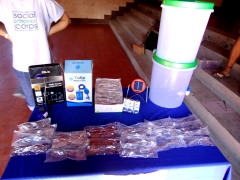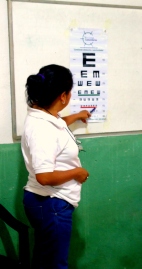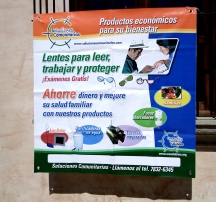One of my most important motivations by joining the Frontier Markets Scouts program was learning key skills from social entrepreneurs and also get surrounded by like minded people.
I must say that in this respect my experience has been great!.
I´ve had the opportunity to meet and talk to amazing people all over Mexico and abroad. People doing wonderful things and who are a true inspiration for whoever is lacking motivation to go ahead with personal projects.
I don´t regret when about a year ago I decided to apply to FMS with the purpose of giving practical steps towards my goal.
Important to me has been learning about the great amount of hard work that is behind a social startup. Even when all the great descriptions of social enterprises are so moving and inspiring, learning about the challenges faced by entrepreneurs and how, above all of them, they stick to their vision has made me value even more the reasons behind these caring businesses (this is how I´ve decided to call them). Social entrepreneurs are regular people believing that they can build a better world and putting all their personnal resources to do it.
I feel grateful for this opportunity and I thank the many companies I´ve been able to interact with during the past months.
Today, I feel also somehow safer knowing that there are people I can relate to rearding my vision for a better world. Entrepreneurs, scientists, students, housekeepers, journalists, writers, dancers, artists in general. So many people right now working from different frontiers to create a healthier and safer world.
Thank you to all of them!
They call me crazy for seeing the world as it could be and not as it is.- Miguel Cervantes Saavedra. El Quijote.
 Sr. Domingo Morales with his neighbor Rubén. A well respected town leader, he is our first pilot participant.
Sr. Domingo Morales with his neighbor Rubén. A well respected town leader, he is our first pilot participant. 


















 In my final posts, I have decided to create a series of “snapshots from Brazil,” featuring photos from Brazil. Here are some pictures of the Iguazu Falls.
In my final posts, I have decided to create a series of “snapshots from Brazil,” featuring photos from Brazil. Here are some pictures of the Iguazu Falls.





